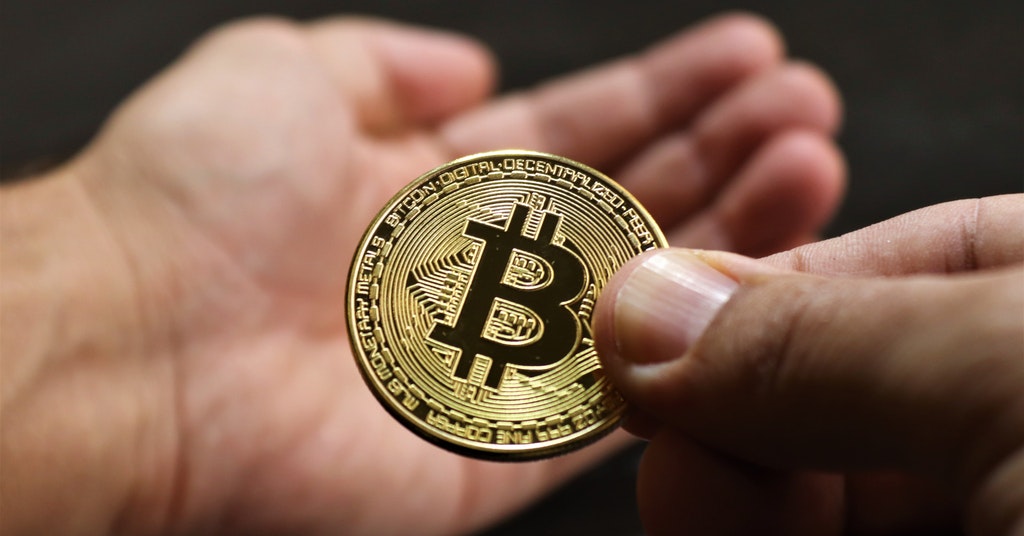What does the future hold for the crypto pioneer, and will it fall to the lows of late 2020?

Will Bitcoin fall to $17K? Source: pexels.com
Bitcoin is continuing its epic fall, trading at $20,800 as of June 16. It’s two times less than its March price and a threefold downfall since last November. The global crypto market cap has shrunk to under $1 trillion for the first time since January 2021. Even crypto enthusiasts and HODLers are worried. The massive crypto sell-off is intensifying as fears over deteriorating global economic outlook rise.
The prediction of BTC bottoming at $17,000 comes from Robert Kiyosaki, author of the bestseller Rich Dad Poor Dad. The most extreme crypto sceptics say Bitcoin will tank to as low as $10,000 in 2022, but more reasonable analysts agree on the $20,000 threshold.
Why did BTC crash?
In a broad sense, crypto market volatility is tightly linked to the general uncertainty in global financial markets. Inflation, rising interest rates, geopolitical tensions, an intensifying energy crisis aggravated by Russia’s war in Ukraine, a looming global food crisis, and many more factors are inducing stock markets to shrink. The S&P 500 also fell to its lowest level since March 2021, losing more than 21% from its January record. The Dow settled at about 17% off its record high, while the Nasdaq Composite lost over 33% in the current sell-off.
However, the crypto market has additional factors to weigh in. For instance, investor sentiment worsened last month due to the collapse of Do Kwan’s Terra blockchain. Terra (Luna) ranked among the top 10 most valuable cryptocurrencies before the crash. It peaked at almost $120 (€115.28) in April. Since the Terra ecosystem was the most successful and famous among all algorithmic stablecoins, its collapse shook the crypto community. The crash wiped away billions of dollars from retail and institutional investors.
As if that wasn’t enough, the crypto lender Celsius froze withdrawals and transfers on Monday. The platform said it was making a move to stabilise liquidity and operations while they take steps to preserve and protect assets. Being a major crypto lending operator, Celsius locked away roughly $12 billion in user assets. The Florida-based company uses platform deposits to fund its investments and make loans to other users. Lending your crypto to Celsius is pretty rewarding. The platform pays users up to 30% interest distributed weekly. The recent market meltdown has diminished the potential returns for Celsius and jeopardised its whole business model. Investors fear the platform may close soon.
Ray of light
Meanwhile, on Wednesday, the Fed raised its benchmark interest rates by 0.75 percentage points. The move marks the biggest increase since 1994. Officials also significantly cut their outlook for 2022 economic growth. They are now anticipating just a 1.7% annual gain in GDP, down from 2.8% expected back in March. Central bank officials use the rate to slow down the economy as inflation is growing at a pace unseen in the last 40 years. It became apparent that the Federal Reserve chair Jerome Powell is willing to take inflation down even at the cost of a slowdown. All three major indices rose after his announcement, with every major sector except energy posting gains.
Bitcoin fell to $20,270 after the Fed’s statement, but rebounded shortly after. The rebound was stimulated by Powell’s press conference, where he said that the Fed would boost rates by a half-point or three-quarters of a point at each of its next two meetings. The number of daily transactions rose to 296,312 up from 283,231 a day ago. This may hint at a slightly increased optimism of Bitcoin investors.
Moreover, around 17,000 people gathered at Consensus 2022 crypto conference earlier this June remained optimistic about the crypto ecosystem as a whole. Many crypto investors see this crypto winter as an opportunity. Even Robert Kiyosaki, who predicted the steeper fall of the first-ever cryptocurrency, acknowledged he is waiting for the asset to reach the bottom just to buy more of it. “Crashes are the best times to get rich,” he added.
Possible outcomes
Although the Fed is determined to fight inflation at any cost, there are many external factors which add a note of uncertainty to the economic prospects of both the US and other countries of the world. For instance, the Fed chair himself said that the central bank cannot control all the factors driving inflation, such as oil prices that have been pushed higher by Russia’s invasion of Ukraine. However, if the Fed solves the inflation problem now, a market rally will likely follow. As a rule, investors and firms factor in higher rates and start to downgrade earnings forecasts. The crypto market usually follows the stock market patterns, so BTC may regain some of its value in a positive scenario.
Nevertheless, another major collapse of a crypto-related platform or blockchain ecosystem may dent Bitcoin’s armour. Such a black swan event may surely send BTC further down. The price of $17,000 is not unlikely. During the recent crypto market crises, BTC lost about 20% in a week. If something similar happens, the currency may behave predictably and fall as low as $17K. Without major shakeups, BTC will probably manage to stay afloat at a rate of about $20,000.
At the time, the most traded crypto was very volatile. It lost 3,7% of its value in the last 24 hours, although other altcoins such as Solana (SOL) or Dogecoin (DOGE) managed to grow.
Besides, recent on-chain data has triggered speculation that crypto trading and venture capital firm Three Arrows Capital (3AC) may be on the brink of insolvency. After what appears to be a $400-million liquidation by top-tier lenders, the fund is reportedly working on an arrangement with lenders and other parties. Its liquidation may harm BTC’s standing as well. The verdict is – further losses are quite plausible.
SEE ALSO:









